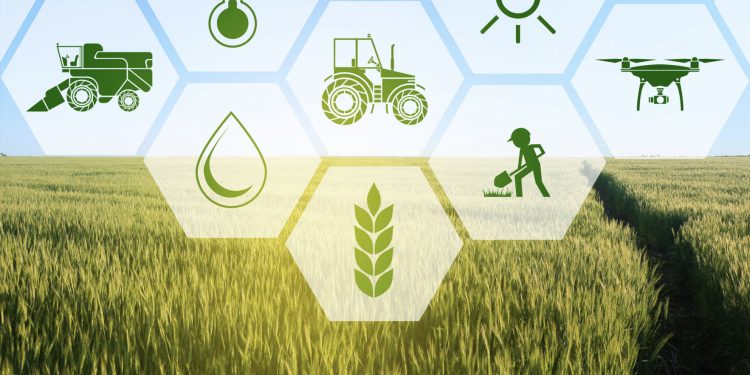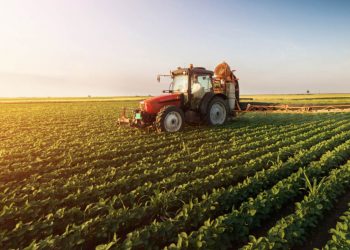The application of blockchain technology in agriculture can help reduce the cost of transaction for farmers and enables fair trade, Agrichain Technologies Pvt Ltd said.
“The micro payment and micro credit to farmers is currently very restricted and the cost of transaction or cost of credit evaluation is very high… as high as 25 per cent of the transaction value.
“However, blockchain in agriculture can help farmers reduce the cost of transaction,” chief executive officer Deepak Pareek said during the virtual Global Agritech Summit Series 2: Palm Oil Technology.
Pareek also said the technology (a ledger that is digital, open and shared) empowers farmers by enabling low-cost financial reach in the most optimal manner in an environment of trust.
It also helps remove counterfeit by optimising economical delivery of genuine and relevant agricultural inputs at economical price, he stressed.
“By creating a private encryption structure, every product can have a public key which can tell you by using blockchain based network whether the product is genuine or not,” he said.
Other than that, he pointed out that blockchain enables fair trade, the transparent commodity trade ensures farmers get what they deserve and the right value for their produce.
He also stated that blockchain would enable food safety by ensuring the food-to-plate is grown sustainably and is traced end-to-end from farm gate to fork.
“There are various farm monitoring and management tools, supply chain, management tools… all these ensure that we can use blockchain to solve inherent problems in agriculture,” he said. Blockchain applications offer IoT and open data; farm monitoring and management; trade and supply chain; payment and transaction; subsidies and incentives; and compliance and certification.
Meanwhile, he said a bioeconomics study stated that blockchain in agriculture helps farmers to use genuine inputs and reduce their costs by up to US$200 billion (RM808.1 billion).
“Blockchain was also able to generate up to US$300 billion of income for farmers, reduce greenhouse gas emission by up to 10 mega tonnes of carbon dioxide and reduce food loss by up to 30 million tonnes,” he said. — Bernama
Source: EIN Newswire





